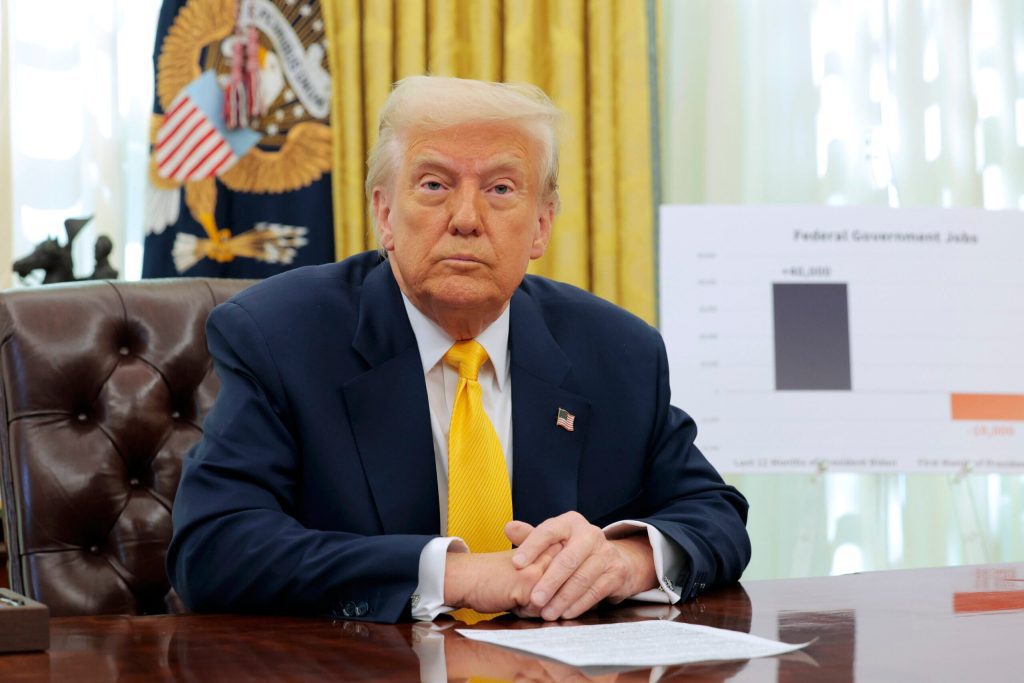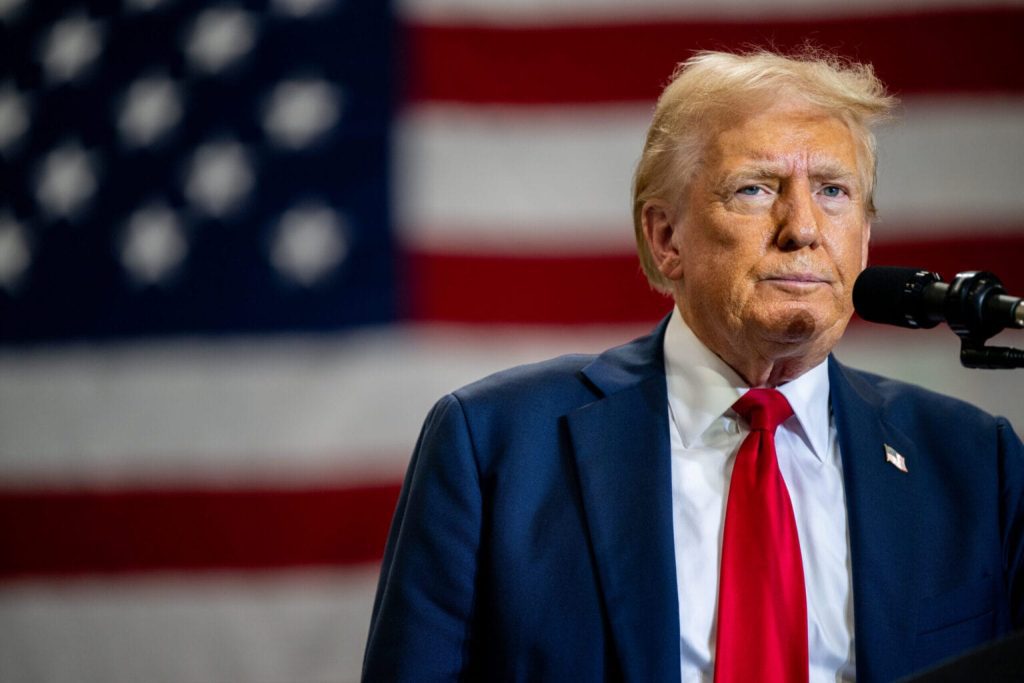In a significant move to downsize the federal workforce, the Trump administration has commenced extensive layoffs targeting probationary employees across various government agencies. This action aligns with President Donald Trump’s broader strategy to streamline government operations and reduce expenditures.
Initial Layoffs and Targeted Agencies
The Department of Veterans Affairs (VA) has been among the first to implement these layoffs, announcing the dismissal of over 1,000 probationary employees in non-mission-critical positions. In a statement, the VA emphasized that these dismissals are part of a government-wide effort to enhance efficiency and responsiveness to the American public. The Office of Personnel Management (OPM) has directed agency heads to terminate most trial and probationary staff, who possess fewer civil service protections, as reported by various media outlets.
An anonymous employee from the United States Office of Personnel Management recounted being terminated during a video call that included nearly 100 participants, many of whom were still within their probationary periods. All were informed that their dismissals were due to performance-related issues. Following the call, the employee received a letter from acting OPM director Charles Ezell confirming the termination, with access to work systems revoked shortly thereafter.
Scope of the Layoffs
While the exact number of affected federal employees remains unclear, government data indicates that over 200,000 recently hired workers are currently serving probationary periods. These initial layoffs are anticipated to be the beginning of more extensive workforce reductions. The administration has also offered buyouts to federal employees, providing up to eight months’ pay for those who choose to resign voluntarily. Approximately 75,000 employees have accepted this offer, accounting for about 3% of the civilian workforce. Unions have expressed concerns regarding the reliability and legality of the buyout program, but a federal judge recently ruled that they lacked standing to challenge the initiative.
Leadership and Strategic Direction
Elon Musk, appointed by President Trump to lead the Department of Government Efficiency (DOGE), is spearheading efforts to reduce government expenditure. Musk has advocated for the elimination of entire agencies to root out inefficiencies, suggesting that some departments may be entirely disbanded to streamline operations. This approach has sparked controversy and legal challenges, with critics arguing that such drastic measures could undermine essential government functions.
Executive Orders and Policy Changes
President Trump is expected to sign an executive order mandating the Department of Government Efficiency to potentially eliminate entire federal agencies and limit hiring to essential positions only. The directive stipulates that for every four federal employees who leave, only one will be replaced, with exemptions for national security, public safety, law enforcement, and immigration personnel. This measure follows a hiring freeze implemented on Trump’s inauguration day and aims to reduce federal spending, debt, and regulatory scope. Currently, there are over 400 federal agencies, costing around $300 billion in salaries as of 2022.
Impact on Federal Agencies and Services
The layoffs have affected multiple agencies, including the Department of Education, the Small Business Administration, the Consumer Financial Protection Bureau, and the General Services Administration. Termination letters have cited inadequacies in skills and performance as reasons for dismissal. Critics, including the American Federation of Government Employees, argue that these measures are politically motivated and unfairly target new employees. There is concern that the downsizing may not yield significant deficit savings but could harm essential services and research. The civilian federal workforce, comprising about 2.4 million employees, faces further significant cuts and hiring restrictions, with remote work options being severely curtailed.
Legal Challenges and Union Responses
The administration’s actions have prompted legal challenges and criticism from federal employee unions. The American Federation of Government Employees has expressed concerns over the lack of justification and proper procedure in the layoffs. Despite these challenges, a federal judge has allowed the administration to proceed with its buyout program, rejecting a suspension request from several unions. The judge determined that the unions lacked standing to challenge the program, which offers employees up to eight months of salary and benefits to voluntarily leave their positions.
Future Implications
The administration’s aggressive approach to downsizing the federal workforce signals a significant shift in government operations. Further workforce reductions, some up to 70%, are being planned, with Elon Musk spearheading efforts to cut $1 trillion from the federal budget. Additionally, lawsuits are ongoing against potential mass firings. Critics claim the workforce reductions reflect conservative ideologies more than fiscal prudence. Trump’s broader workforce reduction plans exclude cuts to popular retirement and health benefits for seniors. Concurrently, Trump’s allies in Congress are preparing a budget plan that cuts taxes and increases security spending, projected to increase the national debt.
Conclusion
The Trump administration’s recent actions represent a concerted effort to reshape the federal workforce and reduce government spending. While proponents argue that these measures will lead to a more efficient and responsive government, critics warn of potential negative impacts on essential services and the livelihoods of federal employees. As the situation develops, the balance between fiscal responsibility and effective governance remains a focal point of national debate.













